by Brad Reynolds
At the turn of the 19th Century, Japanese incursions into Korea forced Russia to fortify her ports at Vladivostok and Port Arthur. As tensions between the two nations rose, the Tsar was slow to order an aggressive naval posturing in the Asia Pacific. This split the Russian Eastern Fleet between the two ports, which was quickly put out of action by the Japanese Fleet at the onset of war in February 1904. The Russo-Japanese War would mark Japanese arrival to the world stage by means of naval domination, opening up a new chapter in naval history.
[text_ad]
With the Russian Eastern Fleet taken out of action by the superior speed and cohesion of the Japanese Navy, The Tsar was forced to send his Baltic fleet 18,000 miles to reinforce the Asian Pacific. Commanded by Admiral Rojdestvensky, the Baltic fleet comprised of 8 battleships, 5 cruisers, 8 destroyers, various outdates costal defense ships, and numerous support vessels. The armada totaled 50 units and took eight-months to reach the Asian theater.
A Hellish Circumnavigation of the Globe
The Battle of Tsushimia would curtail a hellish circumnavigation of the globe. Upon learning that supplies were no longer reaching Vladivostok by means of the Trans-Siberian Railroad, Rojdestvensky was forced to leave Shanghai and enter battle with coal for a 3,000-mile voyage. Rojdestvensky’s armada had also only sailed as a cohesive unit for 13 days and his ships were of varying naval capability, rendering them ineffective as a coordinated battle lines. On May 27th 1905, as Rojdestvensky passed through Tsushimia strait, separating Japan and Korea, the Russian armada’s eight-month voyage would come to a fateful end.
The Japanese Fleet under the command of Admiral Togo held a 50-percent advantage with regard to fleet speed, and though Rojdestvensky had a slight advantage in heavy guns, Japanese superior quick fire armaments and torpedo boats would prove enough to carry the day. As the Russian fleet proceeded through the channel, Rojdestvensky had his forces in two battle columns. Togo engaged and made an attempt at “crossing the T” of the Russian formation with his flagship, while ordering his cruisers to take the Russian formation from the rear left flank. The Russian ship Suvaroff opened fire on Togo’s flagship Mikasa. It is said that at this moment Rojdestvensky could have closed on the Japanese formation and unleash a broadside folly, changing the outcome of the battle. But because of his concern for losing half his formation with such a maneuver, Rojdestvensky ordered his two columns to dissolve into one. This maneuver caused much of the Russian formation to sit dead in the water, allowing the Japanese fleet to gain a superior position and unleash a deadly volley of shells on the Russian battleships in the process. Rojdestvensky’s ship was severely damaged and the Admiral knocked unconscious. With the Russian Fleet lacking command, Japanese ships would continue their onslaught, destroying the Russian battle line as they attempted to regroup throughout the day. Only three Russian ships were able to reach Vladiverstock, with the remainder of the fleet scattering across the Sea of Japan. The Japanese Fleet would hunt each Russian ship down over the next few days.
The Battle of Tsushima would solidify Japanese victory in the Russo-Japanese war, cement Japanese imperialist intents, and add to the allying status of the Tsar as a competent Russian leader. The desolation of the Russian Navy was a shock to the world, ushering in an era of naval warfare defined by speed and armament, rather than mass and heavy guns.
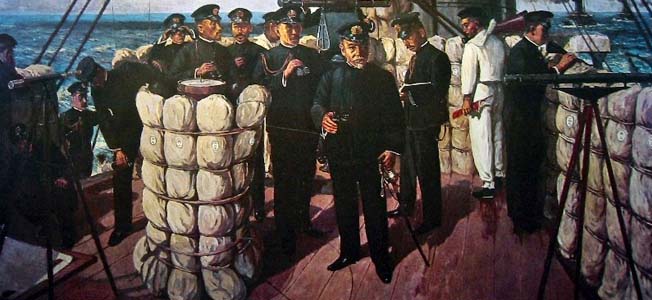
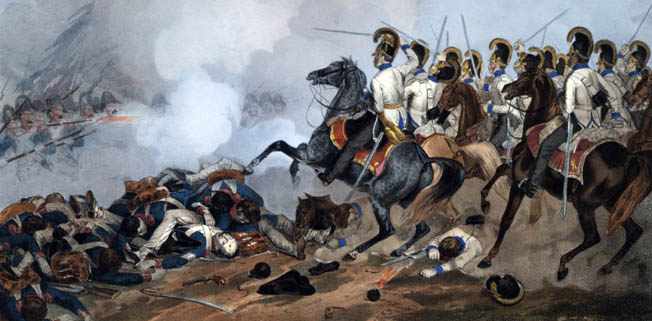
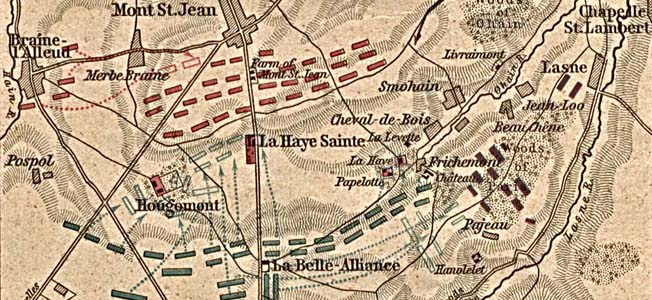

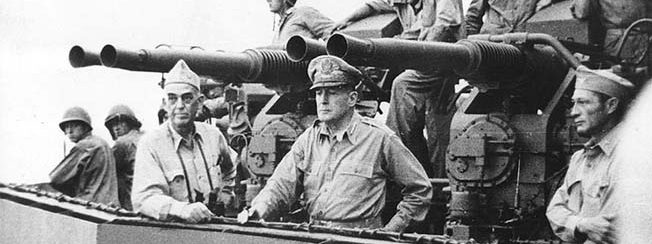
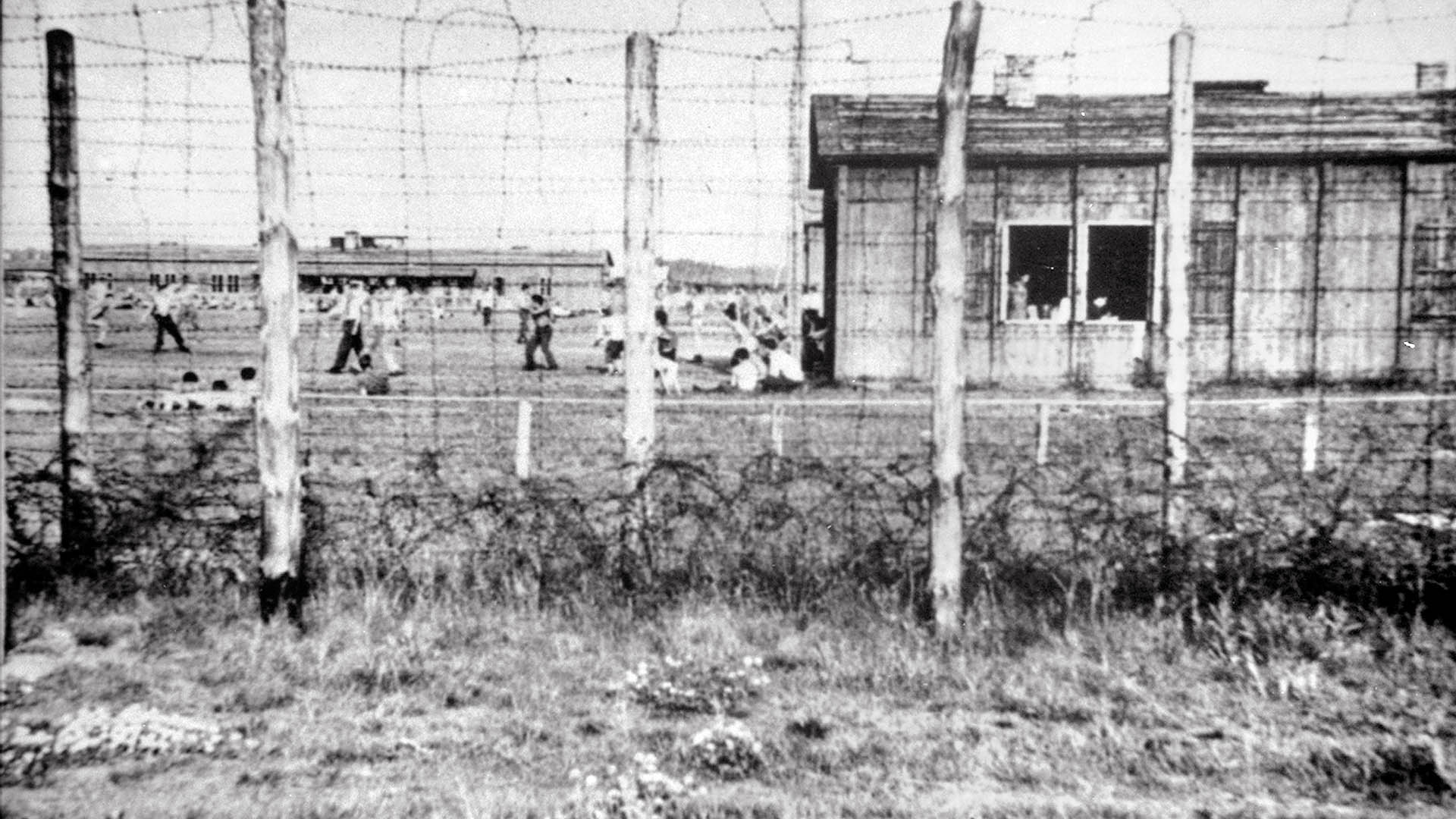
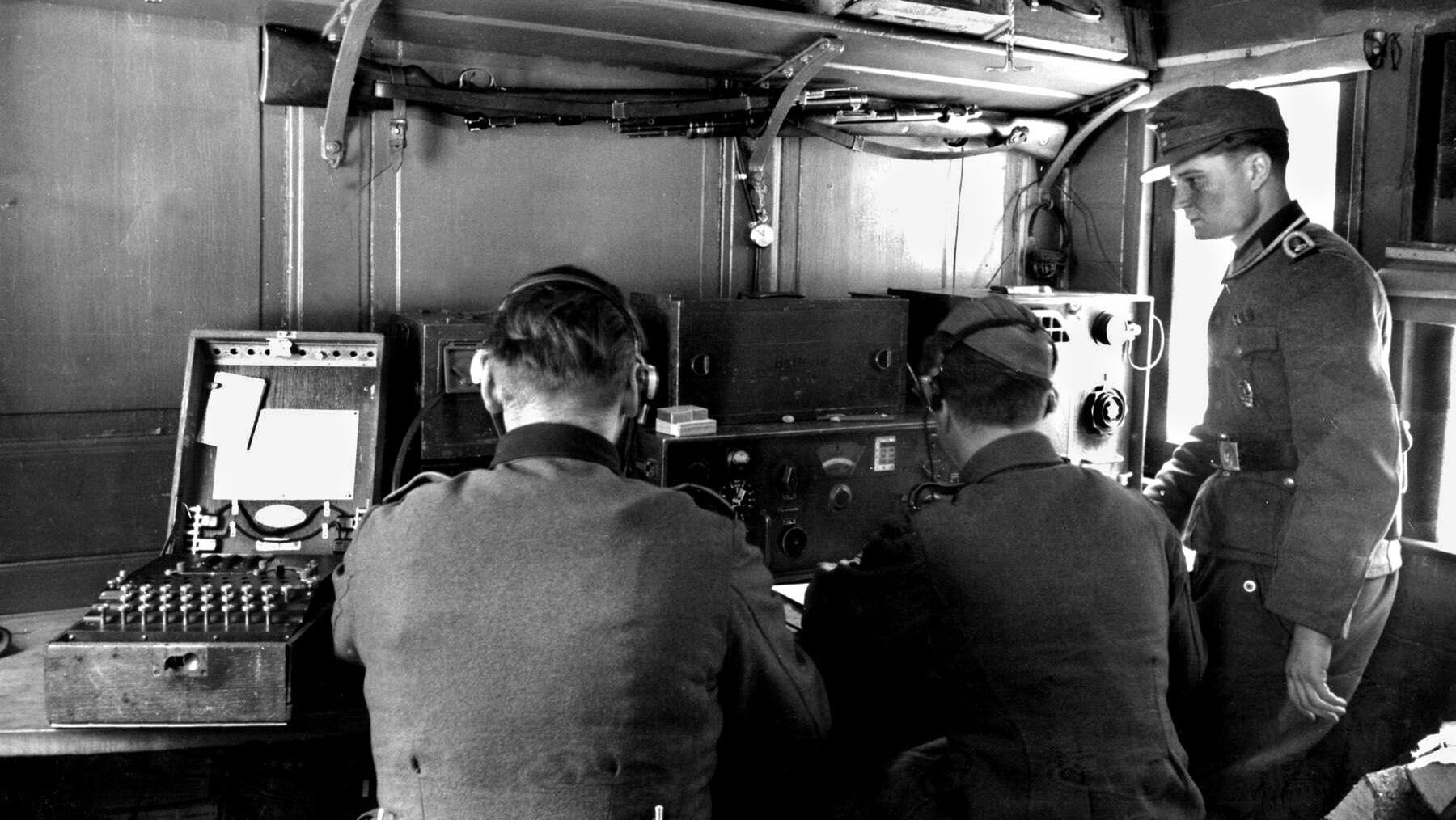


Join The Conversation
Comments
View All Comments